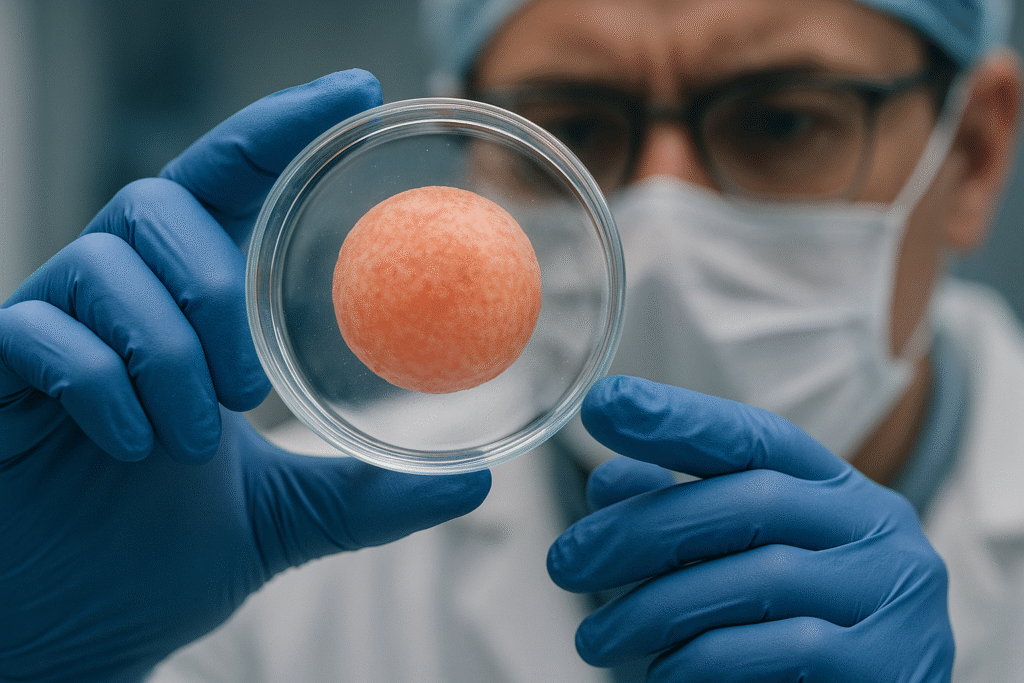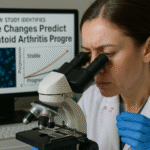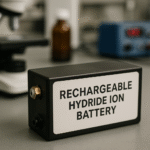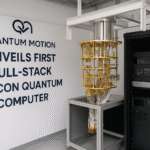By Harshit | 2 October 2025 | Portland, USA | 09:30 AM EDT
Introduction
In a breakthrough that edges reproductive medicine toward new frontiers, researchers have developed a technique that allows human skin cells to be transformed into egg-like cells capable of developing into early human embryos. The study, published September 30 in Nature Communications, demonstrates for the first time that human fibroblasts — common connective tissue cells — can be coaxed into producing egg cells through a process involving cloning technology, fertilization, and chemical stimulation.
The research, led by Dr. Paula Amato, a reproductive endocrinologist at Oregon Health & Science University (OHSU) in Portland, provides proof of concept that adult somatic cells can be reprogrammed into functional gametes. Although still inefficient and far from clinical use, the advance marks an important step toward potential treatments for infertility.
Scientific Background
The long-standing challenge in reproductive biology has been to create viable human eggs and sperm from non-reproductive cells. While scientists have successfully achieved this in animals — including mice and even giant pandas — the human application has remained elusive.
The new approach relies on somatic cell nuclear transfer (SCNT), the same process that was used to clone Dolly the Sheep in 1996. In SCNT, the nucleus of a somatic cell, such as a fibroblast, is transferred into an egg cell whose own nucleus has been removed. The egg cell then “reprograms” the somatic nucleus, activating developmental pathways normally restricted to germ cells.
The Experiment
Amato and her colleagues began by removing the nucleus of a donor human egg and replacing it with the nucleus of a fibroblast. The reconstructed egg cell therefore contained a full complement of 46 chromosomes, unlike natural egg cells, which carry only 23.
To correct this, the researchers relied on fertilization with sperm. In mouse experiments, fertilization naturally triggered the egg to expel half of its chromosomes, restoring the proper haploid state required for embryonic development. However, in humans the cloned eggs retained all 46 chromosomes, preventing normal embryo formation.
To overcome this obstacle, the team applied a chemical compound called roscovitine, which interferes with cell cycle progression and nudges cells toward meiotic division. The treatment partially succeeded: some fertilized eggs shed half of their chromosomes, initiating early embryo development.
Results and Limitations
Despite this progress, the majority of embryos formed were chromosomally abnormal. One embryo, for instance, contained 48 chromosomes instead of the expected 46, comprising all 23 chromosomes from the sperm plus 25 from the reprogrammed fibroblast nucleus. Other embryos displayed random chromosome loss or duplication, leading to non-viable configurations.
The embryos that did begin development were cultured to the blastocyst stage, a ball of cells approximately six days post-fertilization. None were permitted to grow further, in compliance with international ethical standards.
“The outcome was not exactly what we hoped for,” said Amato. “But it was proof-of-concept. We showed that it is possible to initiate the process of turning adult human cells into eggs.”
Ethical and Practical Implications
The potential applications of this research are wide-ranging. Women who lose fertility due to age, premature ovarian failure, or cancer treatment might one day benefit from lab-generated eggs. In theory, same-sex male couples could also have children genetically related to both partners by generating eggs from one partner’s cells and fertilizing them with the other’s sperm.
However, experts caution that such clinical applications are still a long way off. Dr. Katsuhiko Hayashi of Osaka University, a pioneer in germ cell reprogramming who was not involved in this study, emphasized that the technique is currently “too inefficient and high risk.” Hayashi himself previously reprogrammed male mouse cells into both eggs and sperm, producing healthy offspring with two biological fathers — an achievement still far from being replicated in humans.
Furthermore, U.S. law prohibits genetic modification of human embryos, making it unlikely that clinical trials would occur domestically. International collaborations, however, may allow further testing under different regulatory frameworks.
Future Directions
One limitation of the current approach is the requirement for donor egg cells to provide the cytoplasm for nuclear transfer. Alternative strategies, such as direct cellular reprogramming without donor eggs, may offer more scalable solutions. Researchers are also working on refining chromosome segregation to ensure that the correct 23 chromosomes are retained during the artificial meiotic process.
Despite these hurdles, the study represents a milestone. “This technology has made a significant breakthrough in halving the human genome,” Hayashi said. He predicted that “new technologies will stem from this achievement,” potentially accelerating the development of laboratory-generated human gametes.
Conclusion
The creation of early human embryos from reprogrammed skin cells marks an extraordinary leap in reproductive science, echoing the groundbreaking cloning advances of past decades. While practical fertility treatments may remain at least a decade away, the work demonstrates that human cells can, with chemical and biological guidance, be nudged toward becoming eggs.
For now, the achievement stands as a proof-of-principle — a signal that the once-distant dream of generating human eggs from adult cells is no longer theoretical but an emerging reality.







